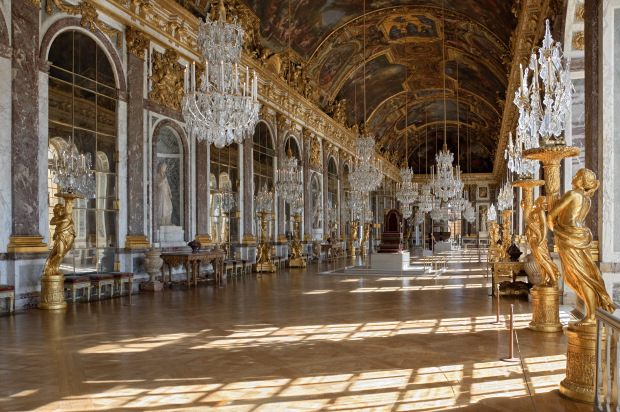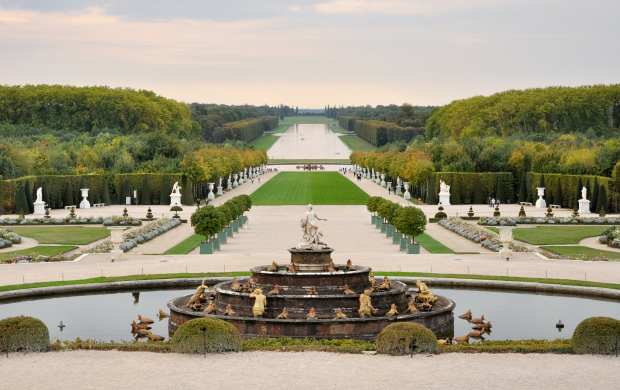
Gombrich explains the Palace of Versailles
As the UK goes to the polls we look at how, 351 years ago, another European leader influenced the masses
Today in the UK politicians and party activists make their final desperate attempts to win over voters, as the electorate goes to the polls to choose a government. If the vanilla nature of 21st century political campaigning has left our UK readers a little underwhelmed, consider the way European heads of state once influenced their subjects. On this day, 7 May, in 1664 the French King Louis XIV commenced construction on the Palace of Versailles.
The two events might appear to share little more than a date, yet as EH Gombrich explains in his brilliant art history book, The Story of Art, today’s political hopefuls and the seventeenth century’s monarchs shared similar ambitions. Louis XIV and his fellow rulers looked at how the Catholic Church burnished it’s brand with magnificent buildings, and saw a link between architectural grandeur and political dominance.

"Kings and princes of seventeenth-century Europe were equally anxious to display their might and thus increase their hold on the minds of the people." Gombrich explains. “They, too, wanted to appear as being of a different kind, lifted by divine right above the common run of men. This applies particularly to the most powerful ruler of the latter part of the seventeenth century, Louis XIV of France, in whose political programme the display and splendour of royalty was deliberately used. It is surely no accident that Louis XIV invited Bernini to Paris to help with the designing of his palace. This grandiose project never materialised, but another of Louis XIV’s palaces became the very symbol of his immense power. This was the palace of Versailles.”
While Gombrich admires the scope of King Louis’ palace, he isn’t unreserved in his praise of Versailles' baroque architecture. “Versailles is so huge that no photograph can give an adequate idea of its appearance,” he writes. “There are no fewer than 123 windows looking towards the park in each storey. The park itself, with its avenues of clipped trees, its urns and statuary, and its terraces and lakes, extends over miles of countryside.
“It is in its immensity rather than its decorative detail that Versailles is Baroque. Its architects were mainly intent on grouping the enormous masses of the building into clearly distinct wings, and giving each wing the appearance of nobility and grandeur. They accentuated the middle of the main storey by a row of Ionic columns carrying entablature with rows of statues on top, and flanked this effective centre-piece with decorations of a similar kind. With a simple combination of pure Renaissance forms, they would hardly have succeeded in breaking the monotony of so vast a façade, but with the help of statues, urns and trophies they produced a certain amount of variety.”

However, Louis’ great innovation at Versailles was one of power, not beauty. The palace showed a subsequent generation of European royalty just how a great palace strengthened a monarch’s grasp. By the turn of the century, “Every minor princeling in southern Germany wanted to have his Versailles,” Gombrich notes. “The period around 1700 is one of the greatest periods of architecture; and not of architecture alone. These castles and churches were not simply planned as buildings – all the arts had to contribute to the effect of a fantastic and artificial world. Whole towns were used like stage settings, stretches of countryside were transformed into gardens, brooks into cascades. Artists were given free rein to plan to their hearts’ content, and to translate their most unlikely visions into stone and gilt stucco.”
Some of these visions might have been misguided, yet, unlike the spin and sound bites of today, we can still enjoy the likes of Versailles, long after their ambitious commissioners have lost their power.
To learn more buy The Story of Art. For greater insight into this period of architecture buy our introduction to Baroque & Rococco, and for a look at a far darker period of European propoganda, get Iron Fists.